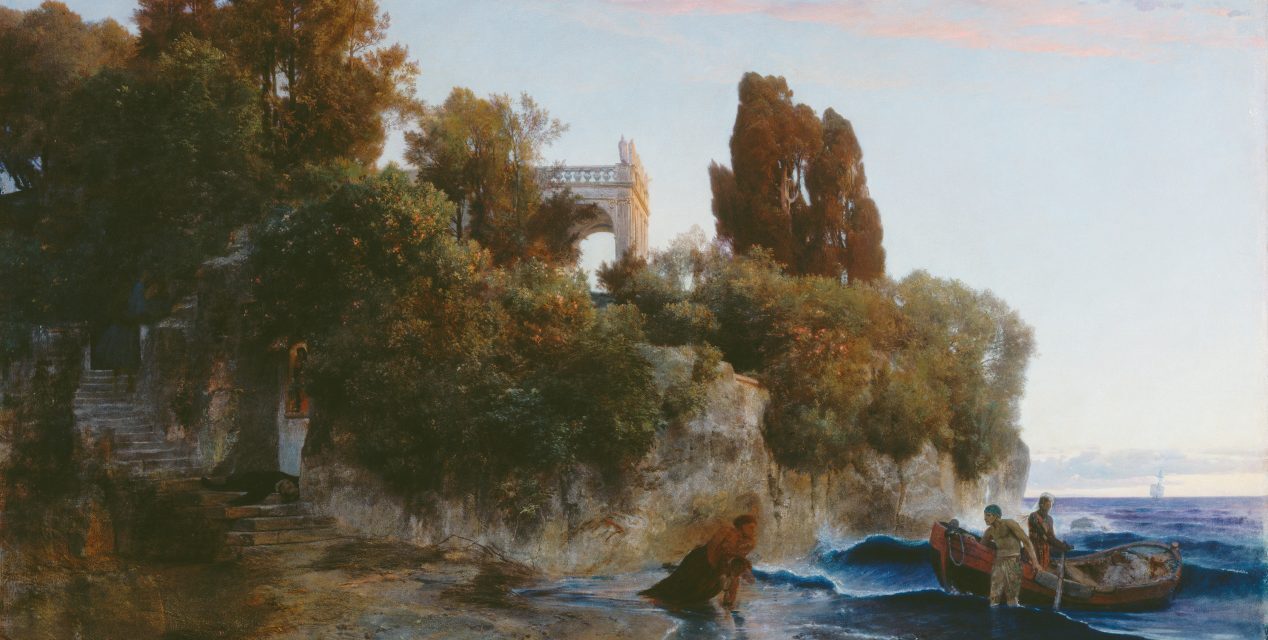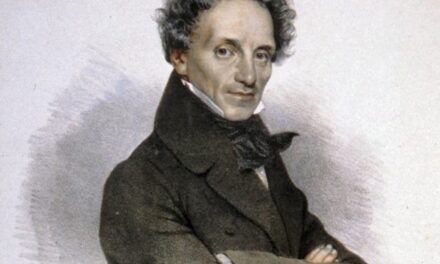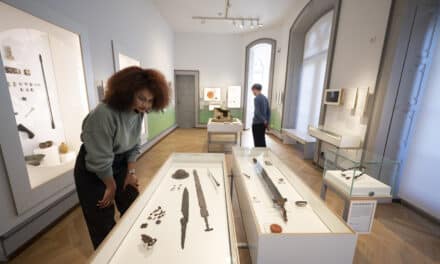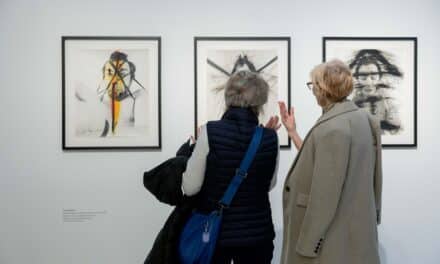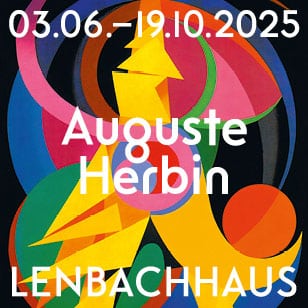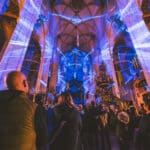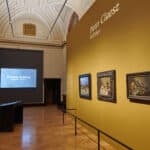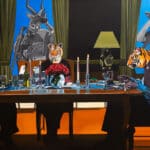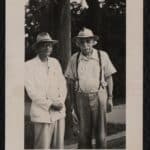Die Reise der Bilder – Hitlers Kulturpolitik, Kunsthandel und Einlagerungen in der NS-Zeit im Salzkammergut
Das Salzkammergut war während des 2. Weltkriegs wie keine andere Region in Österreich Umschlagplatz und Rettungsort von bedeutenden Kunstwerken der europäischen Kunstgeschichte. Adolf Hitler ließ für sein geplantes Linzer „Führermuseum“ Kunstwerke im Salzbergwerk Aussee einlagern. Bedeutende österreichische Museen nutzen ebenfalls interimistisch Stollen, Kirchen oder Gaststätten in St. Agatha, Bad Aussee, Altaussee und in Bad Ischl/Lauffen als temporäre Lager- und Schutzorte.
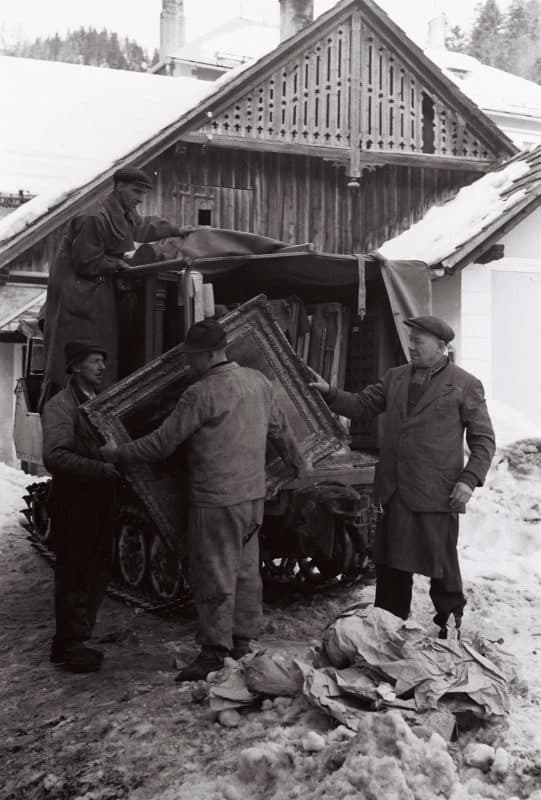
Kunsttransporte Salzbergwerk Altaussee, 1943/44 © Bundesdenkmalamt Archiv, Foto: Eva Kraft
Die Ausstellung begibt sich exemplarisch auf die Suche nach Bildern, die im 2. Weltkrieg im Salzkammergut gesammelt, eingelagert, geraubt, arisiert, zwangsverkauft, verschoben, verkauft oder gerettet wurden. Die Wege der Kunstwerke in die ganze Welt stellen die Fortsetzung der „Reise“ dar. In der Ausstellung sind Meisterwerke von u.a. Arnold Böcklin, Lovis Corinth, Francisco José de Goya, Francesco Guardi, Oskar Kokoschka, Franz von Lenbach, Hans Makart, Edvard Munch, Moritz von Schwind, Max Pechstein, Giovanni Battista Tiepolo, Tizian und Ferdinand Georg Waldmüller zu sehen. Die zeitgenössische Installation „Ruinenwert“ (2019) der deutschen Künstlerin Henrike Naumann erweitert dabei die vom Künstler*innen- und Architekt*innen-Duo Nicole Six und Paul Petritsch inszenierte Ausstellungsarchitektur.
20. März bis 8. September 2024

